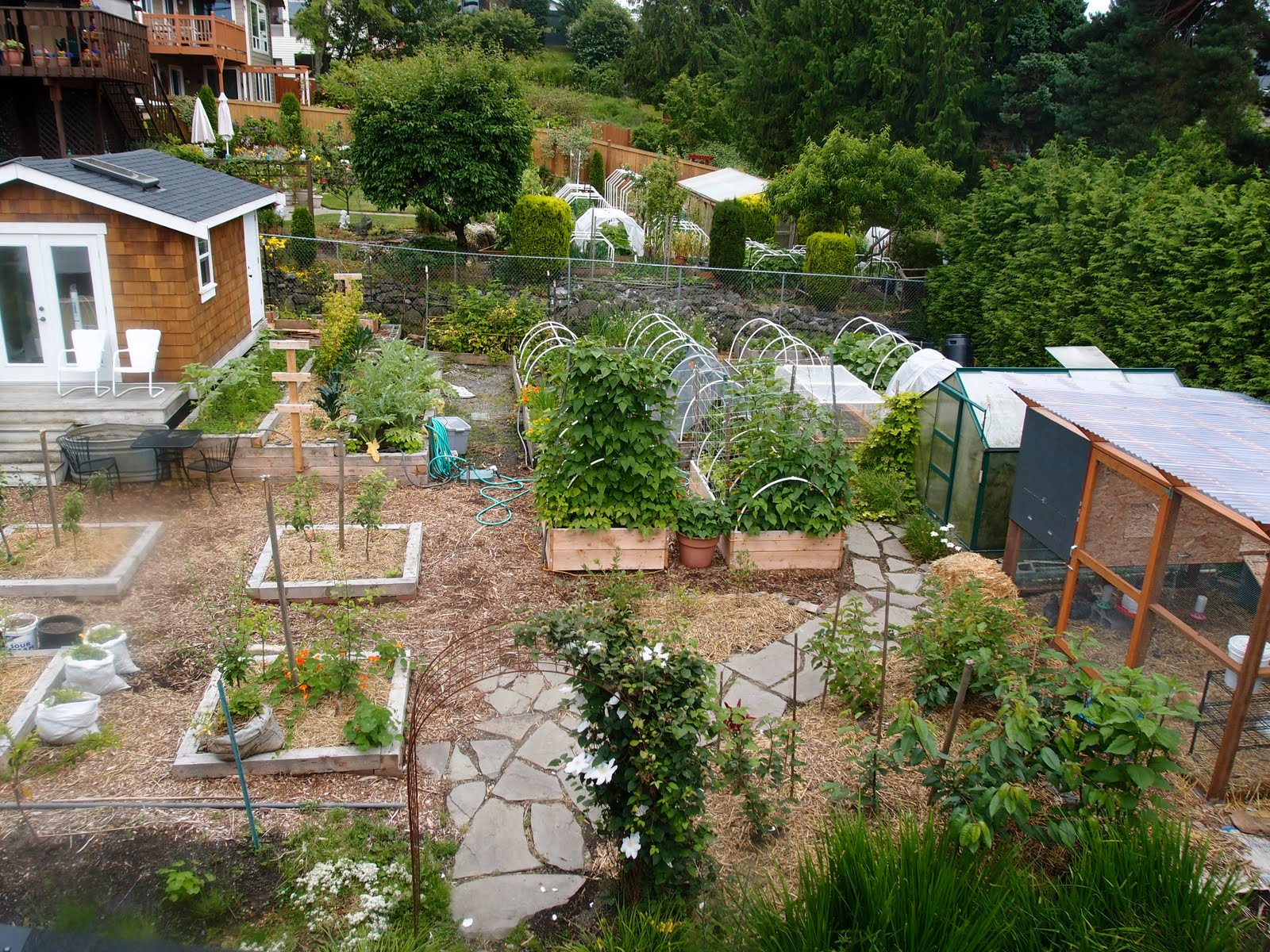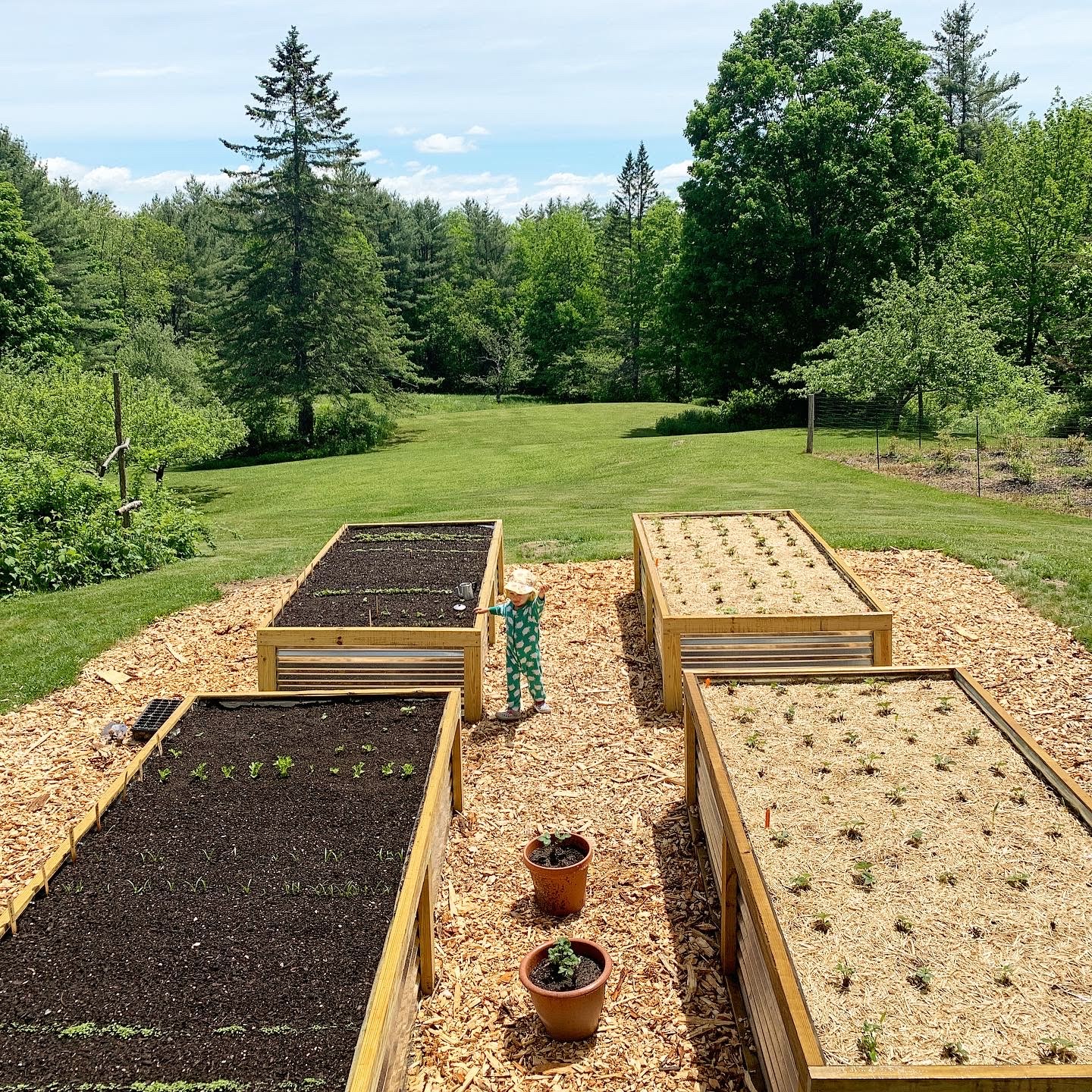Companion Planting Techniques for Homestead Gardening
Wiki Article
Discover Essential Tips for Successful Gardening Techniques and Practices
Horticulture, typically seen as a simple activity, encompasses a series of strategies and practices that can considerably affect the outcome of your initiatives. By prioritizing necessary components such as soil health, efficient sprinkling strategies, and proper plant selection, gardeners can produce a growing ecosystem that supports dynamic growth. Recognizing the subtleties of parasite monitoring and seasonal upkeep can further enhance productivity. Several fanatics forget essential information that can make or damage their gardening success-- exploring these overlooked facets might expose the secret to cultivating a flourishing yard.Understanding Dirt Health
Dirt health is a basic aspect of effective horticulture, as it straight influences plant development, nutrient availability, and community equilibrium. Healthy dirt is characterized by a rich biodiversity of bacteria, raw material, and a well balanced pH level, which with each other create an atmosphere for plant advancement.To comprehend dirt wellness, one have to consider its physical, chemical, and organic residential or commercial properties. The appearance and structure of soil influence its capability to keep moisture and nutrients, while the chemical structure determines the accessibility of crucial elements like nitrogen, potassium, and phosphorus. Routine dirt testing is critical to evaluate these variables, allowing garden enthusiasts to make informed decisions concerning plant foods and amendments.
Moreover, advertising biological activity within the soil is crucial for keeping its wellness. Practices such as composting, crop rotation, and making use of cover crops can enhance microbial diversity, improve nutrient cycling, and decrease soil erosion. By prioritizing soil health and wellness, garden enthusiasts not just maximize plant development yet additionally add to a lasting ecological community, ensuring that their horticulture techniques are resistant and eco liable with time.
Reliable Sprinkling Methods
Guaranteeing that plants receive the appropriate amount of water is essential for their wellness and development, especially when combined with a solid structure of dirt wellness (Homestead Gardening). Efficient watering techniques can significantly influence plant vigor, minimizing water waste and promoting optimum advancementOne basic technique is deep watering, which encourages origins to grow much deeper into the dirt, enhancing dry spell resistance. This technique normally entails watering much less often yet in larger amounts, enabling dampness to permeate the origin zone completely. Timing is also vital; early morning is the excellent time to water, as it reduces dissipation and allows vegetation to dry throughout the day, reducing illness risks.
Furthermore, using mulch can assist preserve soil wetness and manage temperature level, additional assisting efficient watering techniques. Utilizing a drip irrigation system can likewise give targeted moisture straight to the origins, making sure that water reaches where it's most needed while saving sources.
Keeping an eye on rains and dirt moisture levels can assist adjustments in your watering routine, making certain plants receive consistent hydration without over-saturation. By embracing these reliable sprinkling strategies, gardeners can foster a flourishing atmosphere for their plants to prosper.
Plant Option and Placement
How can the best plant choice and calculated positioning change a yard right into a flourishing ecosystem? The harmony between plant selections and their positioning is essential for producing a dynamic garden. When choosing plants, think about factors such as environment, dirt type, and sunlight exposure. Native varieties are commonly the best option as they are adjusted to regional problems and need less maintenance.Strategic placement entails preparing plants according to their development practices and needs. Taller plants ought to be placed at the rear of borders to avoid shading much shorter plants. Furthermore, grouping plants with comparable water and light demands can enhance their development and reduce competitors for resources.
Incorporating a variety of plants get more not only includes visual appeal yet likewise promotes biodiversity, bring in helpful bugs and pollinators. Consider the seasonal adjustments in your garden; pick a mix of perennials, evergreens, and annuals to make certain year-round rate of interest.
Lastly, keep in mind to assess the fully grown size of plants prior to planting to stay clear of overcrowding and make certain sufficient air blood circulation. Thoughtful plant selection and critical placement produce a harmonious setting, permitting your yard to grow while decreasing obstacles.
Bug and Illness Management
Effective parasite and disease monitoring is necessary for keeping a healthy and balanced yard ecosystem - Homestead Gardening. An aggressive method, integrating cultural, organic, and chemical strategies, can significantly lower the impact of insects and illness on your plants
Organic controls, such as presenting beneficial bugs like ladybugs or predacious termites, can maintain parasite populaces in check without damaging the setting. In addition, keeping plant wellness via correct watering, fertilizing, and pruning will certainly bolster their durability versus illness.
When treatment is required, go with targeted chemical treatments, making certain to comply with application standards to decrease damage to non-target organisms. Constantly prioritize sustainable practices, as they promote long-lasting garden health and ecological equilibrium. By incorporating these approaches, garden enthusiasts can successfully manage illness and insects, ensuring thriving plants and an effective yard.

Seasonal Maintenance Practices
During each period, carrying out targeted maintenance practices is essential for optimizing yard wellness and efficiency. In spring, concentrate on dirt preparation by testing pH degrees and including required amendments. This is additionally the suitable time to use plant foods and compost to keep moisture and subdue weeds. On a regular basis examine emerging plants for conditions and bugs.As summertime approaches, make sure sufficient watering while keeping an eye on for signs of anxiety or disease. Prune back disordered plants to motivate air blood circulation and decrease moisture around vegetation. helpful resources This method not just enhances plant wellness but likewise advertises flowering and fruiting.
With the arrival of autumn, it's time to plan for winter. Tidy up dropped leaves and debris to avoid parasite infestations, and take into consideration growing cover crops to enhance dirt health. This season is likewise excellent for dividing perennials and growing spring-flowering light bulbs.
Verdict
Successful gardening hinges on the combination of audio techniques in soil health and wellness, watering, plant choice, parasite management, and seasonal maintenance. By prioritizing soil testing and microbial variety, using reliable sprinkling strategies, and choosing suitable plants, garden enthusiasts can develop growing ecosystems. Additionally, aggressive parasite management and diligent seasonal upkeep contribute considerably to general garden vitality. Welcoming these techniques fosters a sustainable and productive gardening environment, ensuring flourishing growth and strength throughout the transforming periods.By prioritizing essential components such as dirt health, effective sprinkling methods, and suitable plant option, garden enthusiasts can produce a thriving ecosystem Clicking Here that sustains dynamic development. By focusing on soil wellness, gardeners not only maximize plant growth yet likewise contribute to a lasting ecosystem, ensuring that their gardening practices are environmentally liable and resistant over time.
Taller plants must be placed at the back of boundaries to stop shielding shorter plants. Clean up fallen leaves and particles to prevent parasite invasions, and take into consideration planting cover plants to enhance soil wellness.Successful gardening joints on the combination of sound methods in soil health and wellness, watering, plant option, insect monitoring, and seasonal maintenance.
Report this wiki page